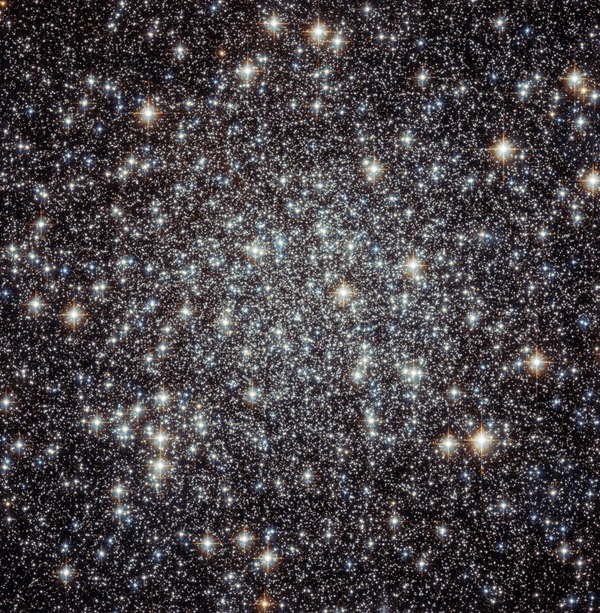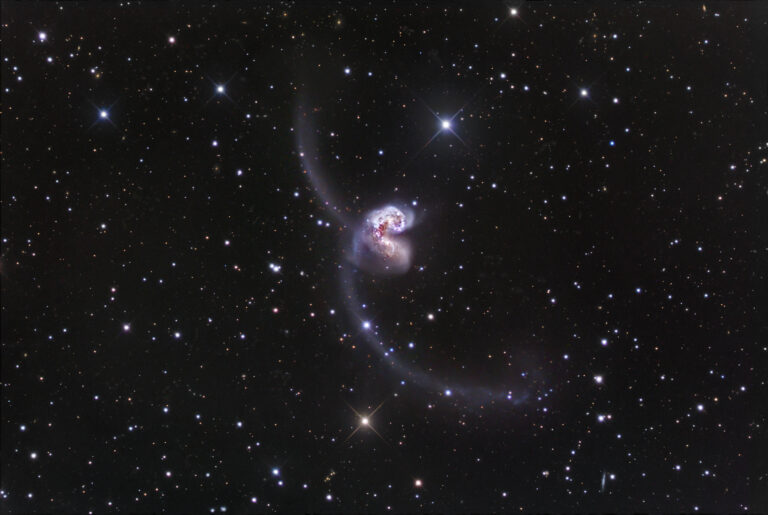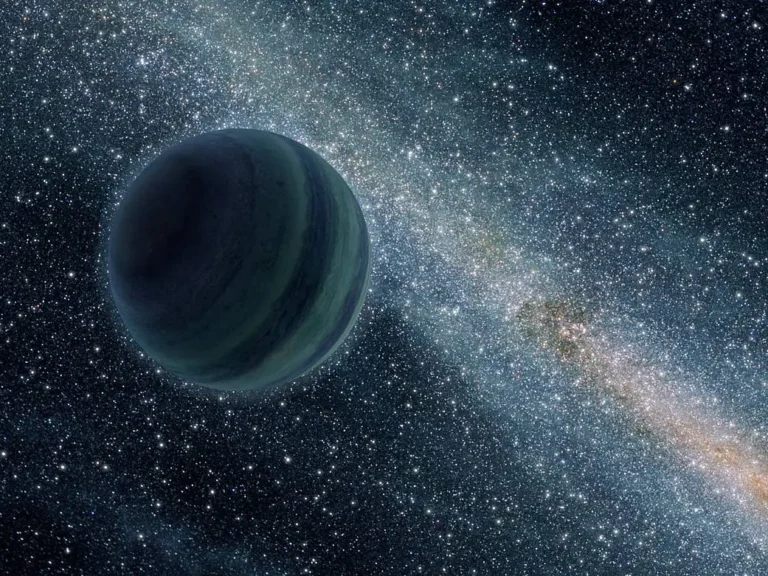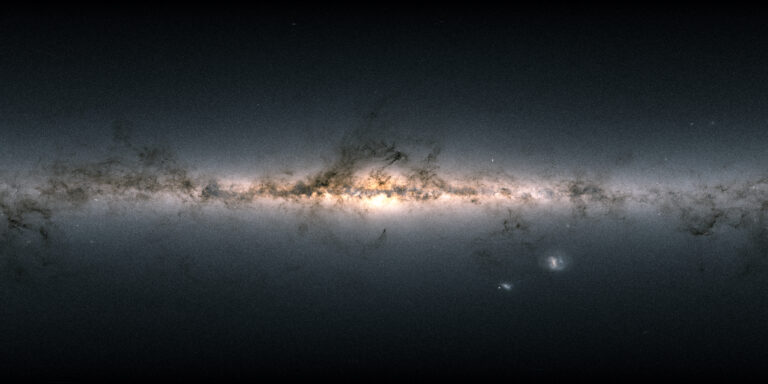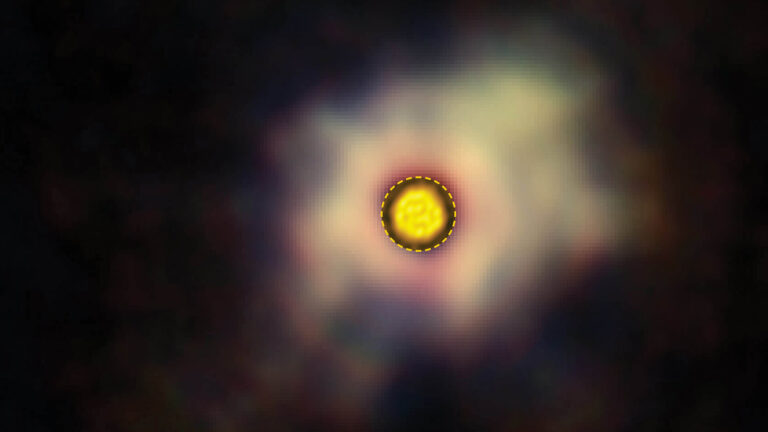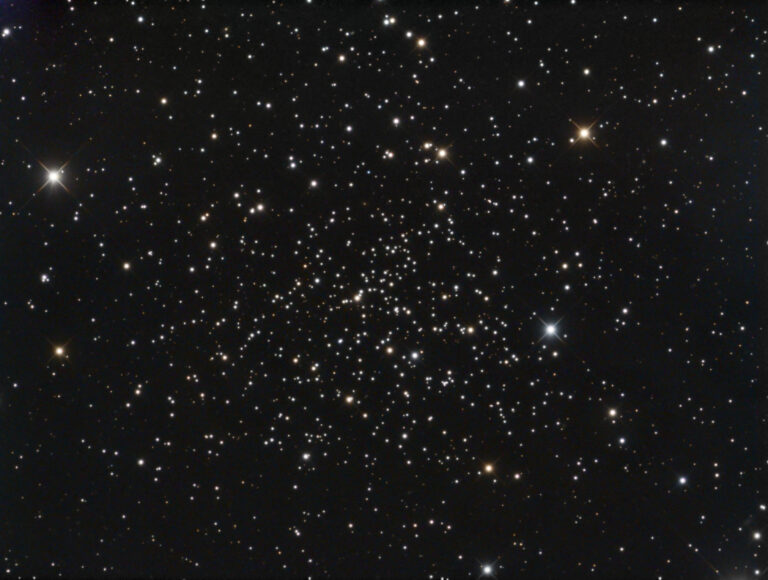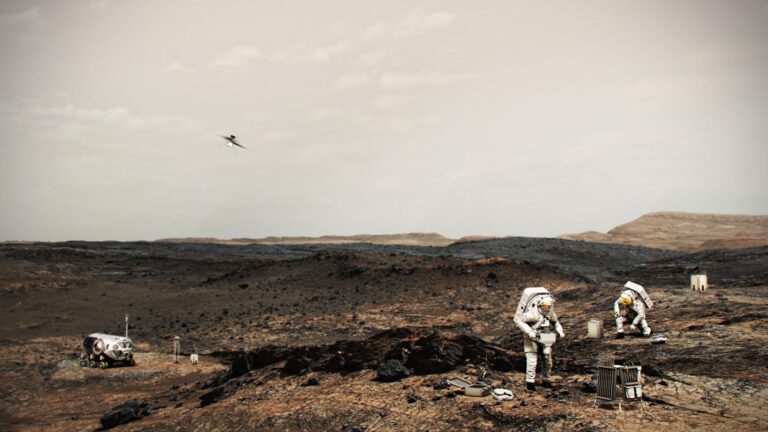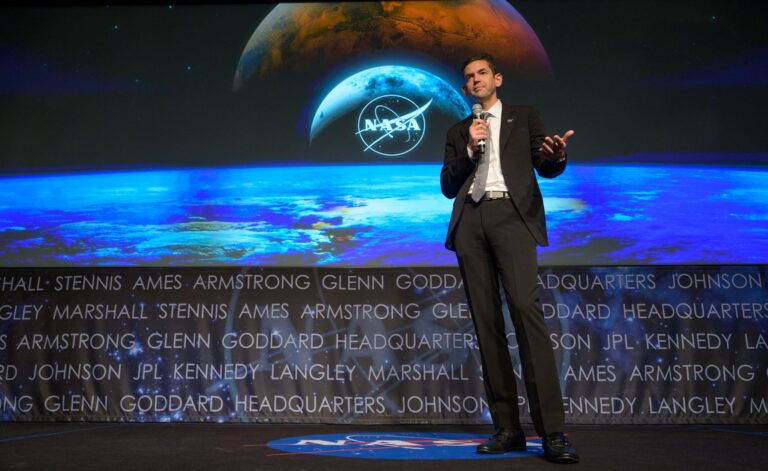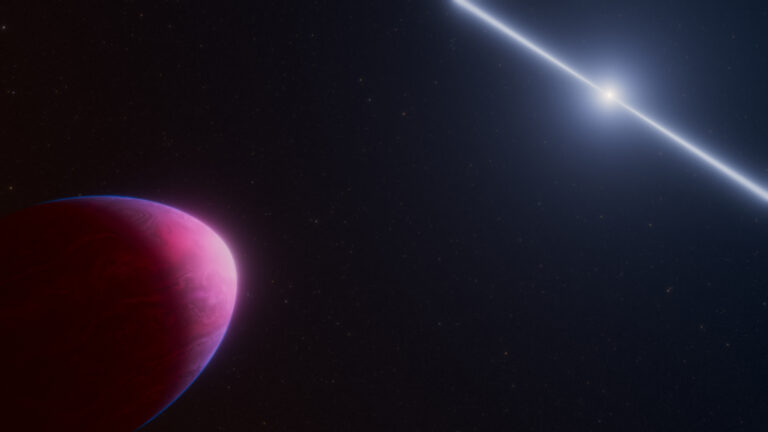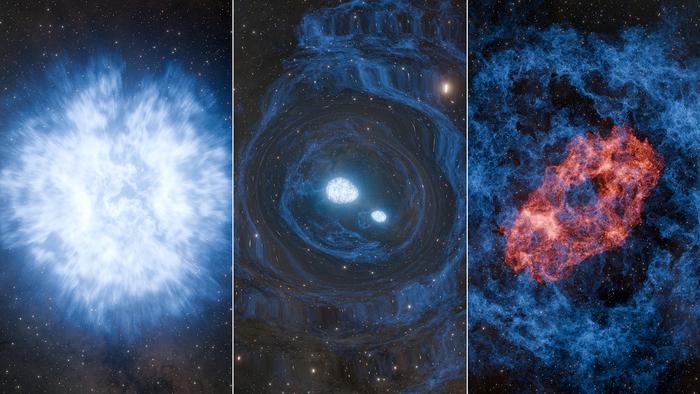Key Takeaways:
- Globular clusters are not classified as galaxies due to their significantly lower mass compared to galaxies (e.g., a typical globular cluster has a mass of 100,000 Suns, while the Milky Way has approximately 1 trillion solar masses) and their orbital dependence on galaxies.
- Stars within globular clusters exhibit much higher stellar density than in the solar neighborhood, with inter-stellar distances approximately 5,000 times the Sun-Earth distance, although individual stellar magnetic fields would have minimal mutual influence.
- Despite the high stellar density, the combined brightness of stars in a globular cluster's core would approximate the luminosity of a full moon, though individual stars would appear dimmer than the Earth's moon.
- The dense environment within globular cluster cores is unfavorable for planet formation and stability due to the disruptive effects of stellar tidal forces and close encounters.
The stars in a globular cluster are 50 times closer to each other than the stars in our solar neighborhood. To put this in perspective, in a typical globular star cluster, we’d likely find stars separated by a distance 5,000 times greater than the Sun is from Earth. But even at these distances, the magnetic fields of individual stars would have little effect on each other.
If you were flying through the core of a globular cluster, you likely wouldn’t need sunglasses because even at these close separations, individual stars would still appear dimmer than our Moon. But given that you’d have many stars in close proximity to each other, there would be nearly 1,000 stars brighter than the planet Venus in the nighttime sky of any fictitious planet near the center of a globular cluster. Their combined light would add up to roughly the light of a Full Moon.
In the center of a globular cluster, conditions aren’t favorable for the formation of planets because the tidal forces of passing stars could destroy any protoplanetary disks. If a planet did somehow form, it would still find itself in danger, since the occasional close passage of a star would likely disrupt the planet’s orbit, flinging the planet into interstellar space.

